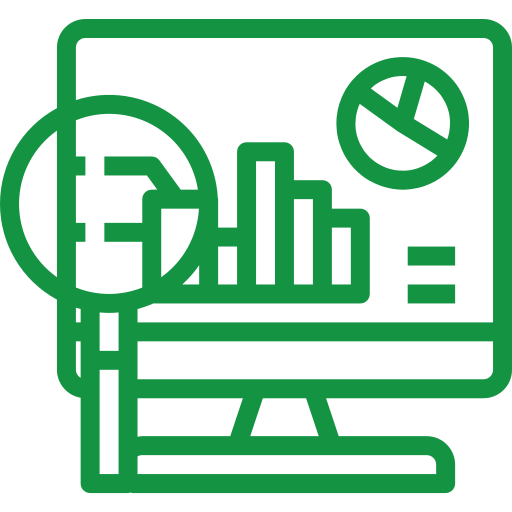

Transparent In Control
Do you understand your risks and the extent to which they are under control? And can you account for them transparently internally and externally? In other words: are you transparently in control?
The objective of risk management is to make the risks within all layers of an organisation transparent and manageable. From strategic risks to compliance risks and operational risks within business processes. From threats to opportunities. On this basis, risk and return and risk and management costs can be weighed and the method and degree of control can be chosen that suits the organisation, sector, goals and risk appetite.
Improven helps organisations shape risk management in a thorough but pragmatic way. We help organisations to be transparently 'in control'. We do not do this alone, we do this together with you and your organisation.
Improven supports you in
- Shaping, designing and implementing integrated risk management (ERM) and the risk management function, as part 3 Lines of Defense (3LoD);
- Understanding your organisation's strategic and operational risks. From sectoral risks to compliance and information security risks;
- Conducting strategic and operational risk assessments and shaping internal / risk control frameworks (ICF);
- Understanding risk appetite and translating it into a Risk Appetite Statement;
- Understanding and strengthening soft controls within your organisation;
- Preparing Internal Control Statements and risk paragraphs for your annual report;
- Training your organisation in conscious and pragmatic risk management;
- Setting up an integrated compliance and integrity framework for the purpose of meeting the requirements of the Wft and applying for licences.


Your results
- Insight into the achievement of objectives (organisation, process, project, change, compliance, etc.) and where to (re)steer:
- Understanding the relevant strategic and operational risks;
- Balance, manage and control these risks;
- Understanding the degree/effectiveness of control;
- Adjust/act where necessary or desirable.
- Not just 'pure' control, but rather improvement: achieving an efficient and effective organisation, to add value and relevance also in the long run;
- Not just the 'hard controls', but precisely the 'soft controls' that affect behaviour, integrity, job satisfaction and change capacity: behavioural compliance and control;
- Transparent 'in control': able and willing to be accountable. Being open about strengths and areas for improvement. Transparency as the starting point of supported improvement.






















